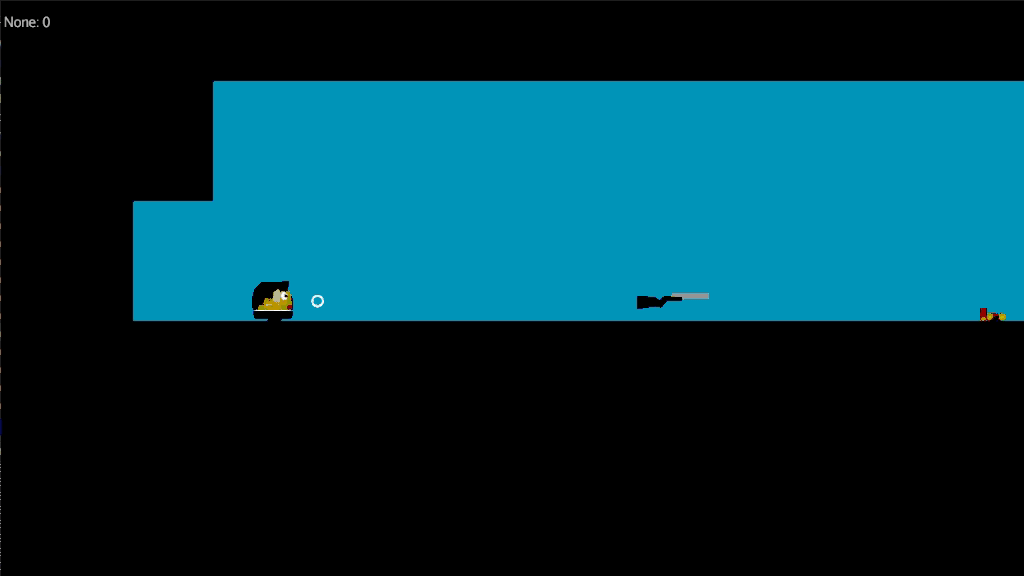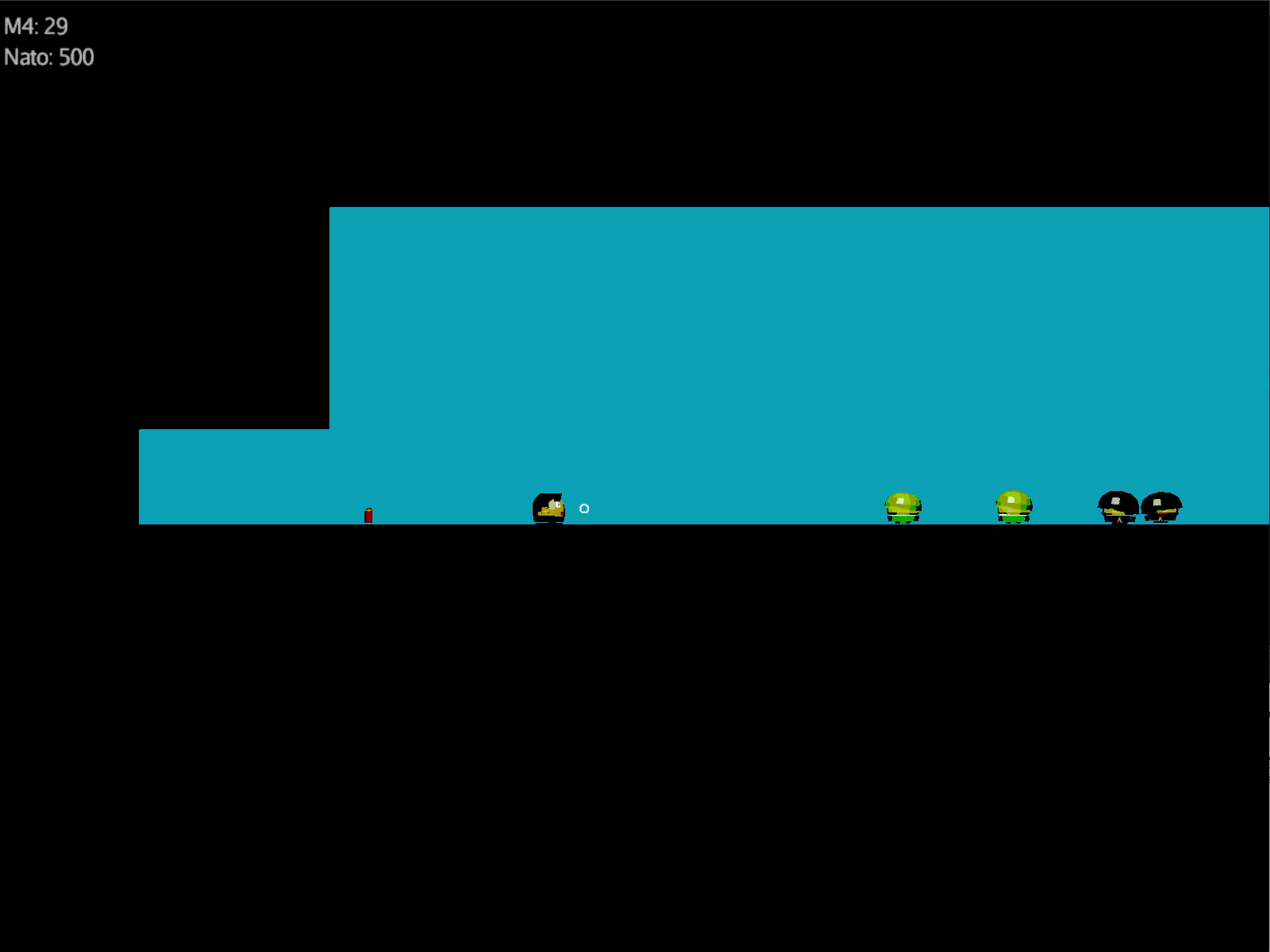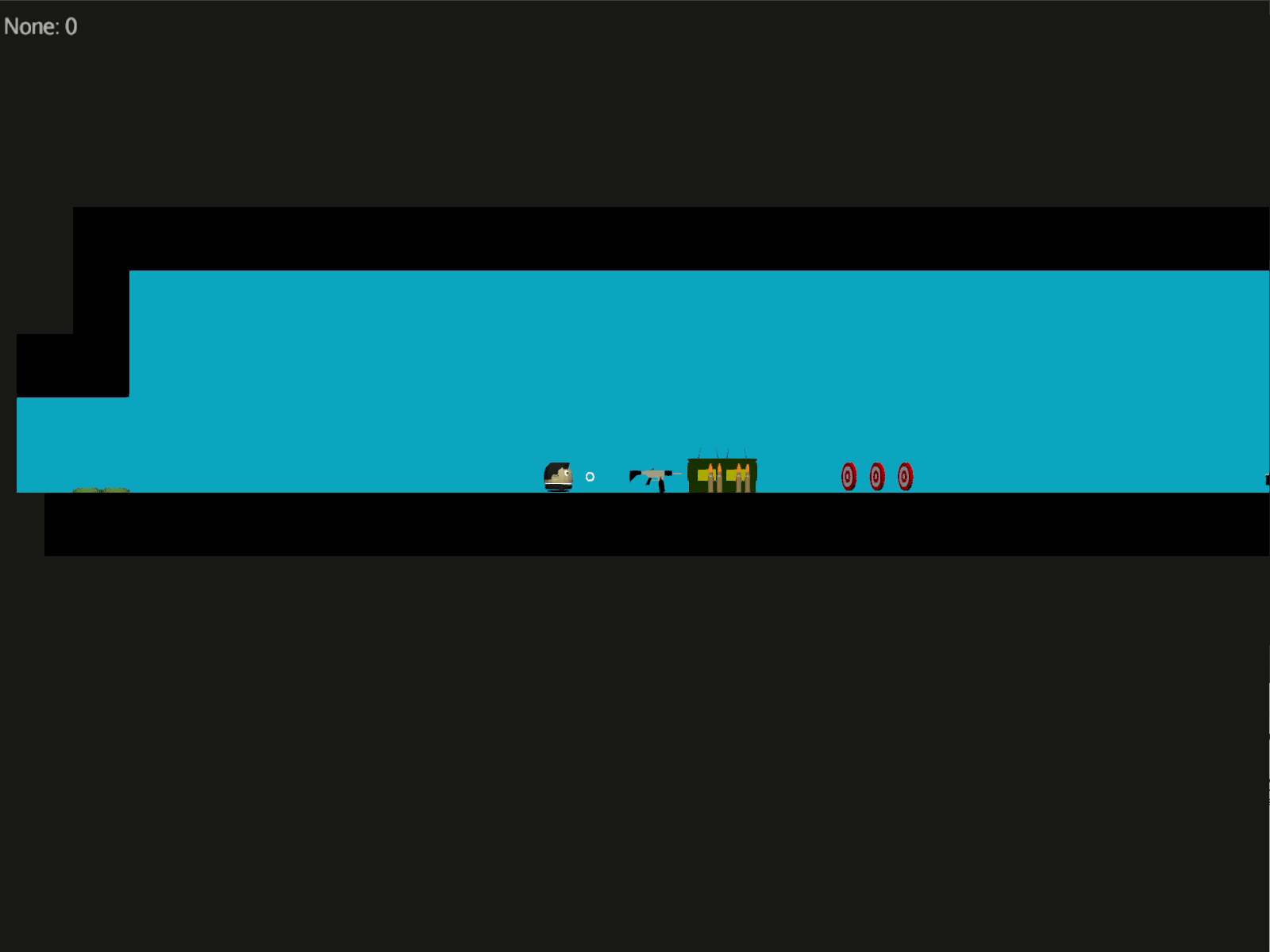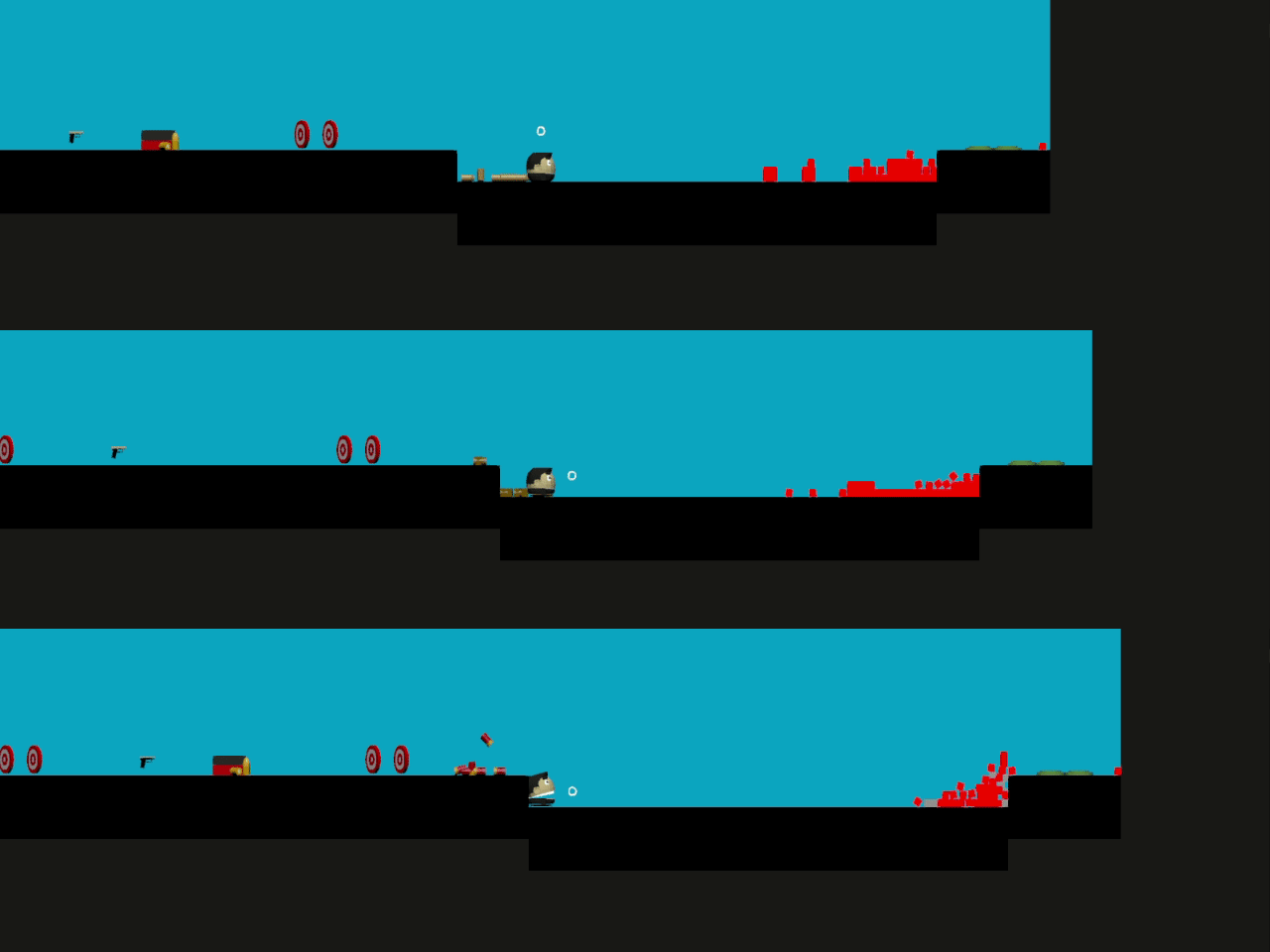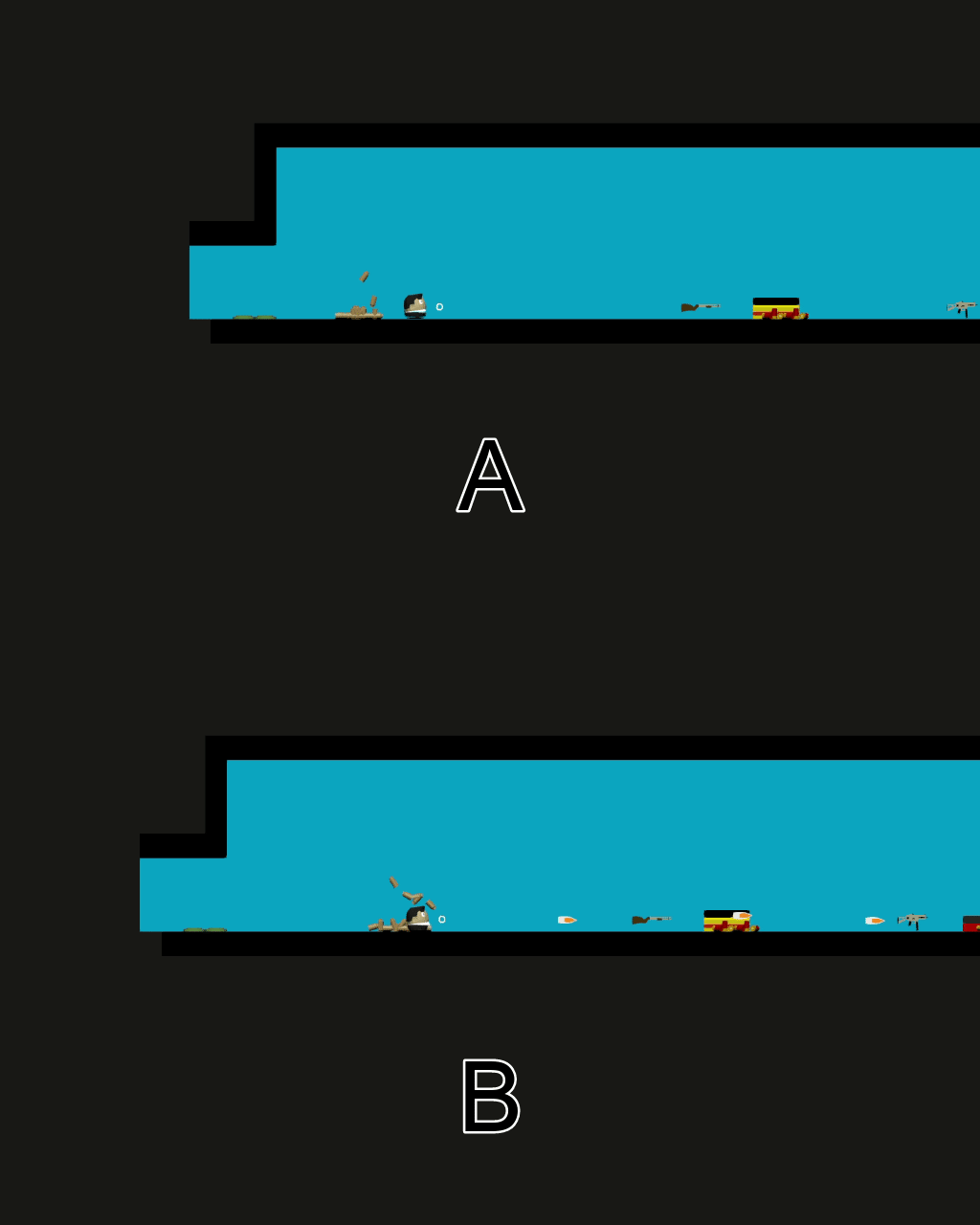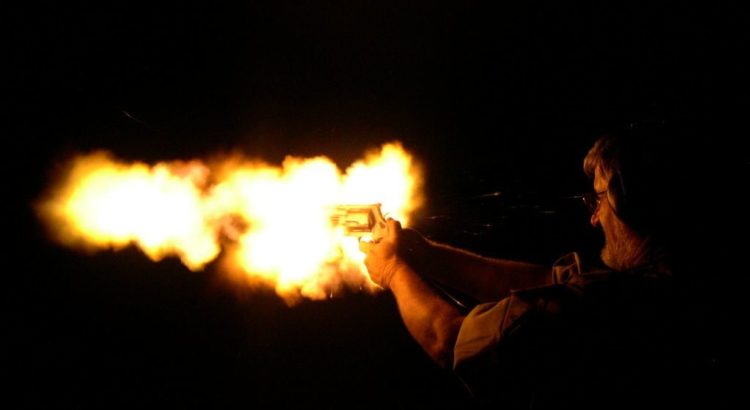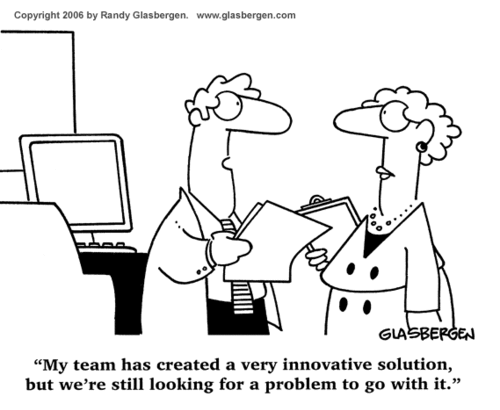The lens #13, the lense of infinite inspiration from The Art of Game Design: A Book of Lenses written by Jesse Schell.
The core of this lens is to look everywhere else than to other games.
- What experience in my life would I like to share with others?
- In what small way can I capture the essence of that experience and put it into the game?
I will make a collection of thoughts and in the end, I will apply lens #2
Here some inspirations
- A smooth skateboard run in a bowl
- Martial Art
- Hellboy comics
Smooth Skateboard run in a Bowl
I love to watch skateboard clips, especially smooth bowl runs. With this slight scratch sound when the rider corrects his board with all four wheels on the ground. My aim here will be to make moving the character smooth, precise, and nice. The player should be able to move through a world smoothly and fluidly. This will include a lot of testing and adjusting. The problem I face here is that adjusting the player control will affect the existing levels. A slight change in the jump height, speed, or friction can have a great impact on the levels.
Applying lens #2 leads to the following 3 questions
- What experience do I want the player to have?
- What is essential to that experience?
- How can I capture this essence in our game?
The player should get a feeling of great control over the character. The walkthrough must be fluid and to the point.
Like the smooth and almost effortless-looking run of a skateboarder in a bowl or skatepark, the player should be able to smoothly navigate through the levels. It should always give the player a very good control over the character.
To navigate through the levels smoothly the levels should be crafted in a way that the player doesn’t pump his head, the platforms are reachable without being pixel exact, as well you always see where you go, there is no blind rattlesnake hole. Whenever you have to jump blind, make sure it is always a safe jump without surprises on the landing spot, this could be a storytelling element.
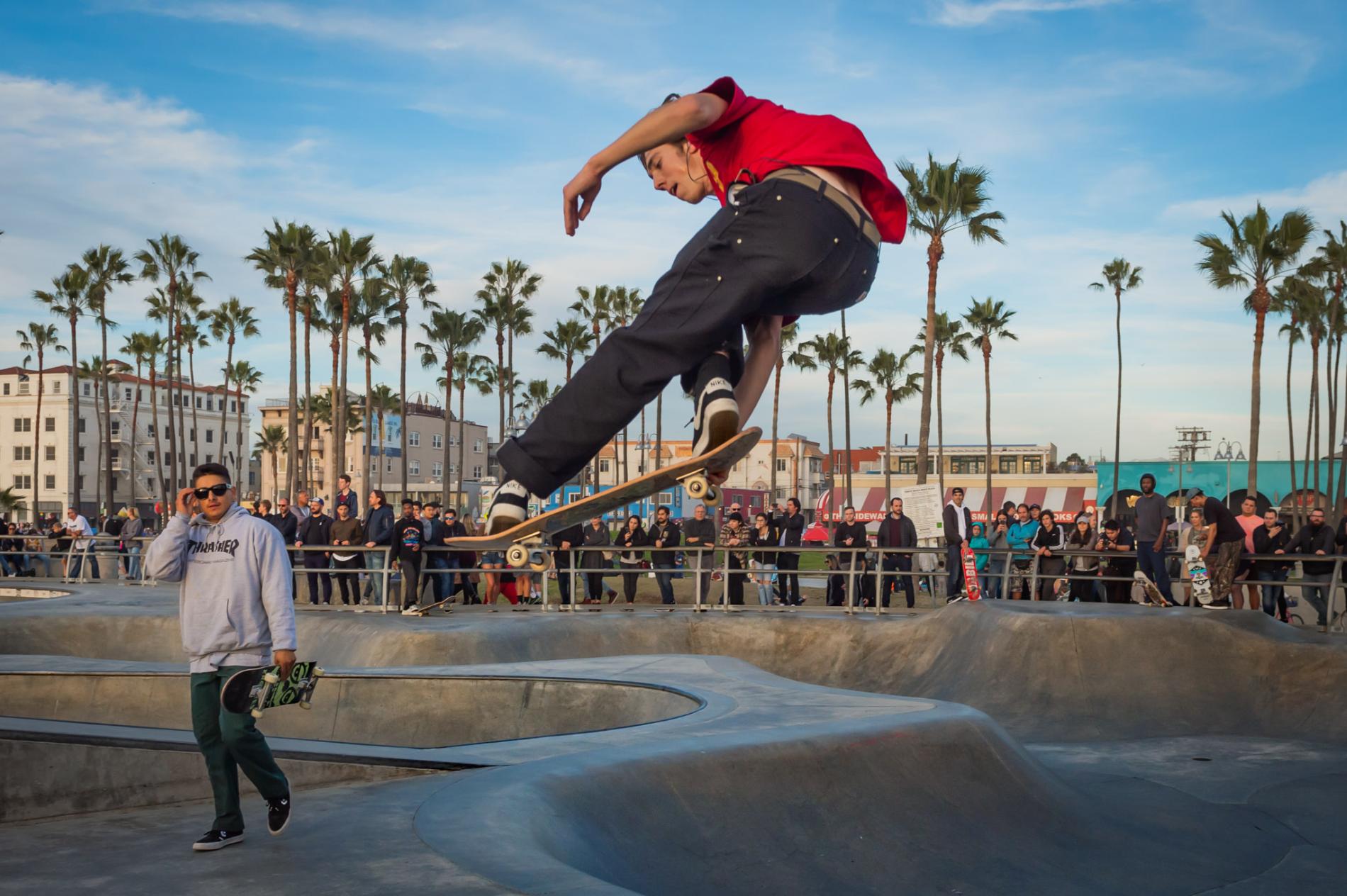
Martial Art
Martial art is my choice of sport. It trains your brain, your body, and your balance. To watch skilled martial artist is a joy, the moves are seamless, almost effortless, the weapons are super precise. I love choreographed fight scene, compared to a real fight, that looks just beautiful, almost like a dance.
Let’s apply lens #2 here as well and answer the three questions.
- What experience do I want the player to have?
- What is essential to that experience?
- How can I capture this essence in our game?
It’s important that the player feels always capable throughout the gameplay without feeling bored or overpowered. The control over the weapons and aiming while walking and shooting should be smooth and precise. Even if the controller isn’t that precise the game has to be, that should be an experience I want the player has.
Martial art is about a combination of attack and defense patterns nicely rowed up to defeat the opponent. The martial artist has great control over his weapons, everything is smooth, fast, and precise. There is no hesitation, no struggle, no fuss. Even modern action movies are filled with martial art and that makes them so enjoyable to watch. It’s not just the explosions and the fx, but as well the moves, attack, and defense during a gunfight.
The aiming of the guns should not be fully automated, but if you start shooting at an enemy it should keep track to a certain degree. The player has to point roughly in the direction of the enemies and the auto-aiming should then take part. I’m thinking of having an automated switch weapon, whenever you are too close to enemies, nevertheless the player should be able to oversteer the choice of the weapons. Maybe I can make this configurable.

Hellboy Comic
I admire the Hellboy comic style from Mike Mignola, it’s dark, simple in a way and hence full of little details. I like the sceneries he set’s up in those comics. One of the stories starts at a door and as soon hellboy opens it hell breaks loose. The battles are often short but intense. And it’s always a boss fight for hellboy.
Let’s tackle lens #2
- What experience do I want the player to have?
- What is essential to that experience?
- How can I capture this essence in our game?
One of the things I like from Hellboy is the silent moment and the intense but short fights. Sometimes he gets catapulted to the next level of the story. I’m thinking of having some silent moments to tell a story in this game. But fights should be always intense, no matter if it is a boss fight or not. I’m not yet sure if it will work.
Essential to this experience is, that there is not continues battles going on like in a shmup but as well some story elements, like silent moments or falling down a hole and find your self in a new room, after battling a boss (which might have survived so he can show up later again).
I think by adding a transition from one battle to another and after boss fighting getting catapulted to another world even. Like in hellboy where he went to hell after the witch grabbed his heart. So actually hellboy looses but this doesn’t mean to be the end of the game. I like that very much and gives this dying a new perspective. I kinda have an idea, but not written in stone. I have to try this experience and see if that could work.
I like this idea and I accidentally stumbled over it in analyzing what exactly I like from this comic, what underlying mechanics which drives the story to the weirdest places on earth and the underworld.

I get commissions for purchases made through the following links, I only put stuff in this section I also would buy or I already bought
